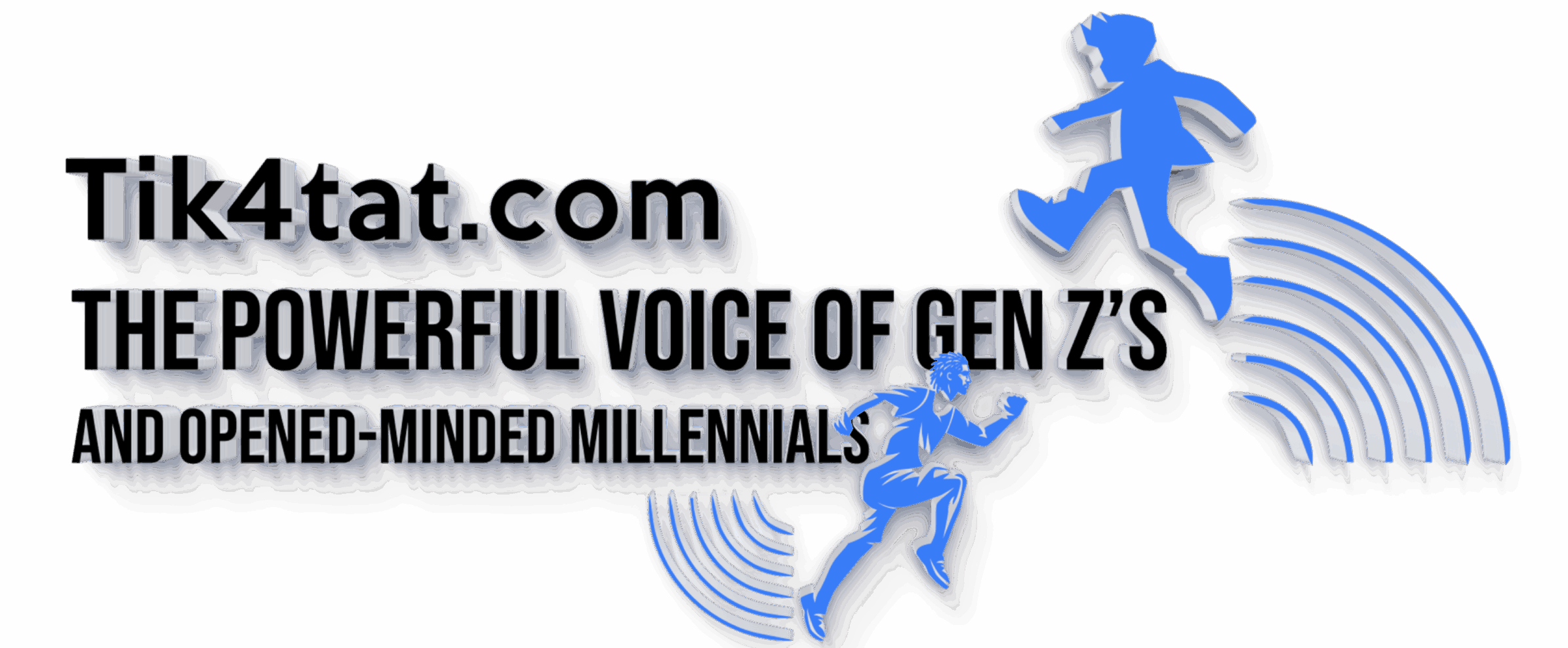The Resurgence of Whooping Cough: A Comprehensive Overview

The Resurgence of Whooping Cough: A Comprehensive Overview
Whooping cough, also known as pertussis, is a highly contagious respiratory infection caused by the bacterium Bordetella pertussis. This illness, characterized by its distinctive “whooping” sound during coughing fits, has been a recognized threat for centuries, but its recent resurgence has raised concerns amongst public health officials.
A Historical Perspective
Whooping cough has been documented since the 15th century, and it wasn’t until the development of a vaccine in the 1940s that its prevalence significantly declined. Prior to widespread vaccination, whooping cough was a leading cause of childhood illness and death. The introduction of the vaccine dramatically reduced cases, but the disease never truly disappeared.
The Current Situation
In recent years, and particularly in 2024, a notable increase in whooping cough cases has been observed globally. This resurgence is attributed to several factors:
* Waning Immunity: The pertussis vaccine, while highly effective, doesn’t provide lifelong immunity. Protection gradually decreases over time, leaving adolescents and adults susceptible to infection.
* Vaccine Hesitancy: Misinformation and fear-mongering surrounding vaccines have led to a decline in vaccination rates, creating pockets of vulnerability within communities.
* Increased Awareness and Reporting: Improved surveillance and diagnostic capabilities may contribute to the perceived rise in cases, as more infections are being identified and reported.
Clinical Presentation and Complications
Whooping cough typically begins with mild, cold-like symptoms such as a runny nose, sneezing, and a mild cough. However, over 1-2 weeks, the cough worsens, developing into intense coughing fits that can be followed by a characteristic “whoop” sound as the person struggles to inhale. These fits can be so severe that they may cause vomiting, exhaustion, and even rib fractures.
While whooping cough can affect people of all ages, it is particularly dangerous for infants and young children. Complications can include pneumonia, seizures, brain damage, and even death.
Treatment and Prevention
Antibiotics are effective in treating whooping cough, especially when administered early in the course of the illness. However, even with treatment, the cough can persist for weeks or even months.
Prevention remains the cornerstone of managing whooping cough. The primary preventive measure is vaccination. The DTaP vaccine (diphtheria, tetanus, and acellular pertussis) is given to children in a series of five doses, starting at 2 months of age. Booster shots are recommended for adolescents and adults to maintain immunity.
In addition to vaccination, other preventive measures include:
* Practicing good hygiene: Frequent handwashing, covering coughs and sneezes, and avoiding close contact with infected individuals can help reduce transmission.
* Early diagnosis and treatment: Prompt medical attention at the onset of symptoms can help prevent severe complications and limit the spread of the disease.
* Prophylactic antibiotics: In some cases, antibiotics may be given to close contacts of infected individuals to prevent the spread of the bacteria.
Who is at Risk?
While anyone can get whooping cough, certain groups are at higher risk of severe illness:
* Infants and young children, especially those under 6 months of age: They are most vulnerable to serious complications, including death.
* Pregnant women: Maternal vaccination during pregnancy can help protect newborns in the first few months of life.
* Individuals with weakened immune systems: People with chronic illnesses or those undergoing immunosuppressive therapies may be more susceptible to infection.
https://hostandcare.com/health/whooping-cough-painful/
tik4tat research team, 2024. Your Future – Your Life


